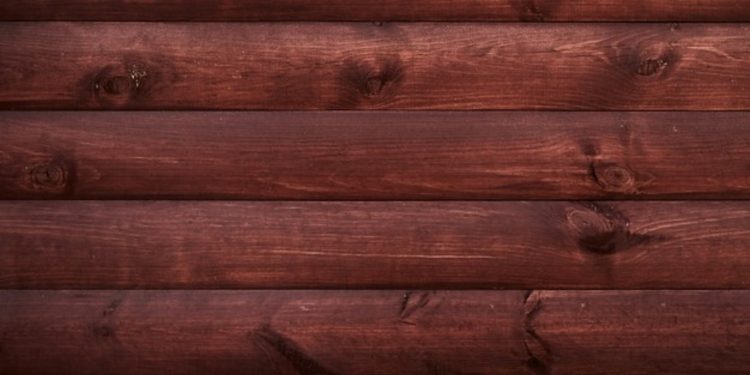
Wood siding is a popular home exterior feature. It’s pleasant to the eyes, eco-friendly, and durable if maintained properly. However, this siding type is highly susceptible to moisture and rotting since it’s an organic material. Knowing this, you might be surprised at how common wood siding is in a wet region like the Pacific Northwest despite the challenges it poses.
Pros and Cons of Using Wood Siding
Like any siding type, natural wood excels in certain areas, but it might not be the perfect choice all the time. You can refer to this table for a quick overview of its qualities:
| Pros of Wood Siding | Cons of Wood Siding |
|
· High-grade aesthetics · Genuine material · Doesn’t harm the environment · Lasts for decades · Adds value to your home |
· Prone to insect invasion · Susceptible to weather changes · High-maintenance · Availability depends on the region · Expensive compared to PVS |
That said, most residents still choose wood because it blends naturally into their homes. It has a certain charm that can never be imitated by polyvinyl or fiber cement. Plus, you can get rid of most disadvantages that come with it by using wood treatment measures.
So if you’re looking to beautify your home with natural wood, here are the best siding options to choose from in the Pacific Northwest.
Pine
One of the most common types of wood, pine, grows fast and densely populates North America. If you’re clinging to a tight budget, you might want to use white pine for exterior walls. While relatively inexpensive compared to most wood species, its ‘sweet quality’ tends to attract termites and other wood-boring insects. But don’t drop the idea of using pine just yet. By utilizing the shou sugi ban technique, you can dramatically increase the durability of this material.
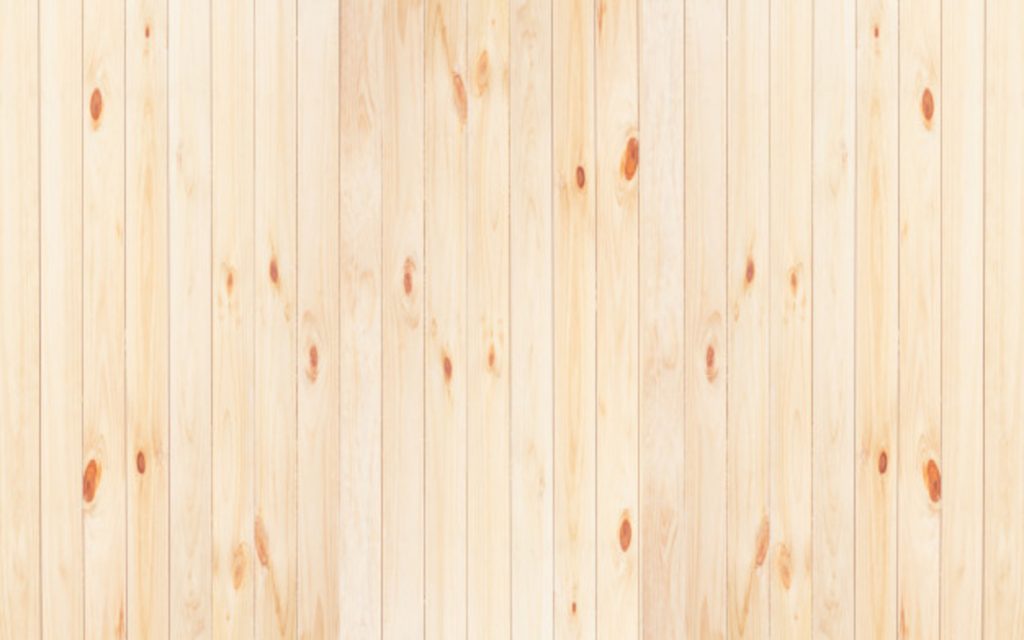
Pine – If you’re clinging to a tight budget, you might want to use white pine for exterior walls.
Cypress
If you can afford to use more than pine, cypress might be the wood you’re looking for. Most wood siding cons don’t apply to this type of material. It’s rot-resistant, easy to work with, repels termites, and extremely durable. Of course, you’ve guessed it right – cypress is extremely rare and costly. In fact, this hardwood used to be the standard for home exteriors, but its price has become a major turn-off nowadays.
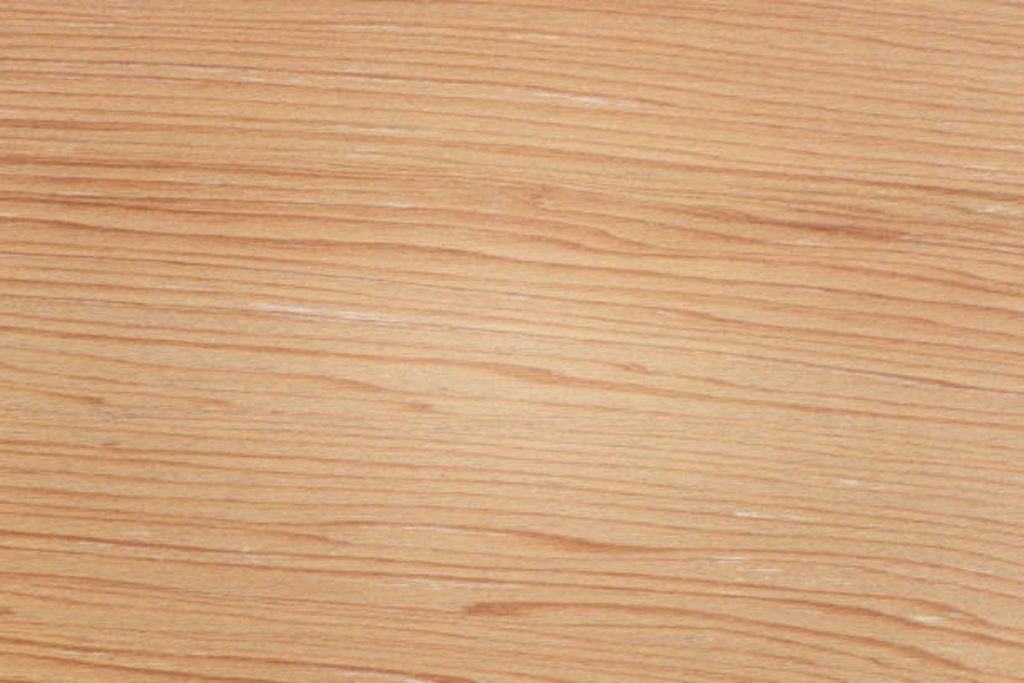
Cypress – It’s rot-resistant, easy to work with, repels termites, and extremely durable.
Fir
Although pine is a great cost-effective option, you won’t find long length versions of it. That’s where fir takes the spotlight. Like pine, it’s not difficult to install, and the softwood texture makes it easy to mill. If you own a large home, you can use it to achieve a fresh-toned finish without compromising any breaks in the design. However, it does need a bit of extra maintenance since it’s more prone to weather changes.
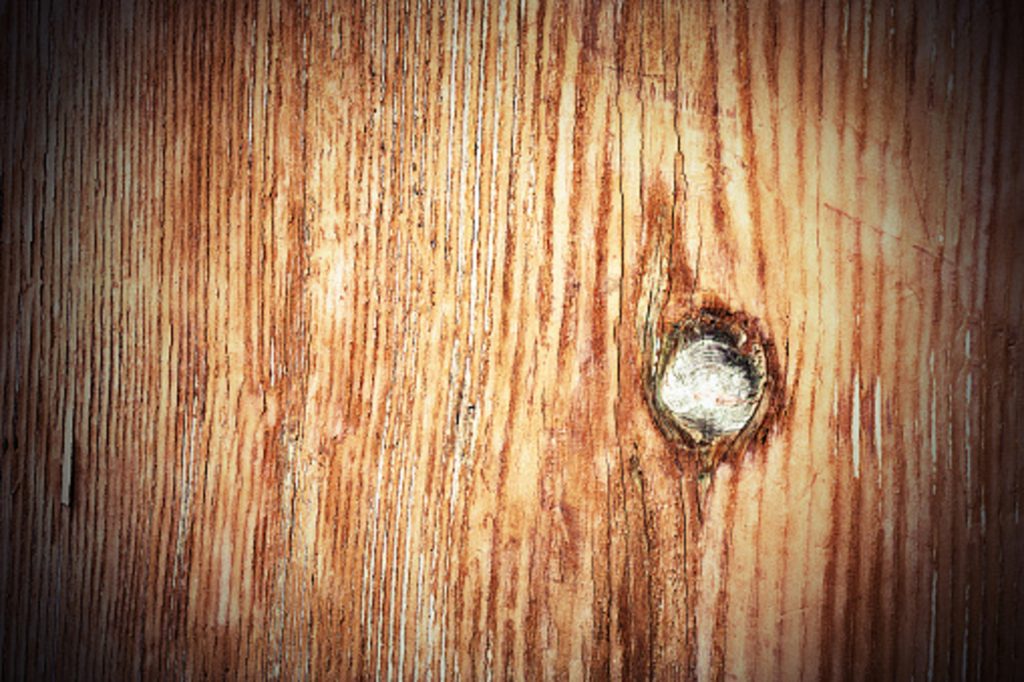
Fir – Like pine, it’s not difficult to install, and the softwood texture makes it easy to mill.
Redwood
When it comes to wood siding, redwood is the king. On top of being rich in tone and texture, it also drives away bugs and is not affected by moisture. Additionally, you won’t have to worry about weather and pressure breaking down the wood since it’s highly flexible. True, it may cost a lot but the best thing about it? It’s readily accessible in Western parts of the U.S. So unless you’re from the East Coast, redwood isn’t entirely an expensive option.
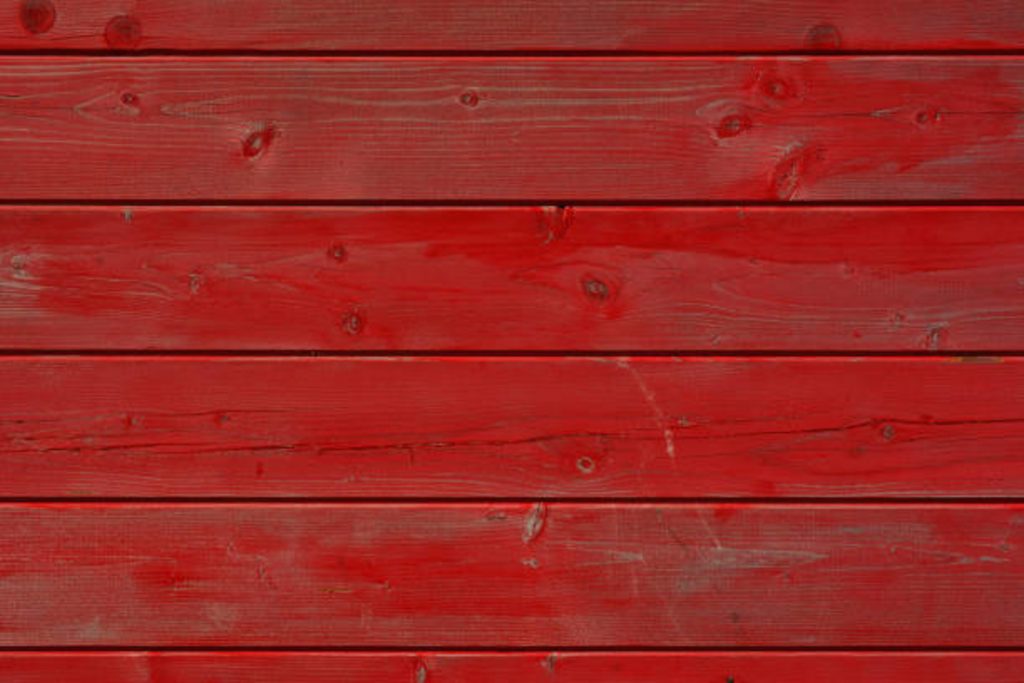
Redwood – When it comes to wood siding, redwood is the king.
Cedar
A close cousin of cypress, cedar might not be as strong, but it’s easier to obtain and still durable for the most part. You’ll love the distinct grain pattern that it features when stained. In addition to affordability, this natural wood resists swelling, cupping, and splitting. Although it’s not financially demanding to maintain, you must regularly check the seals and perform occasional repainting to prevent future damage.
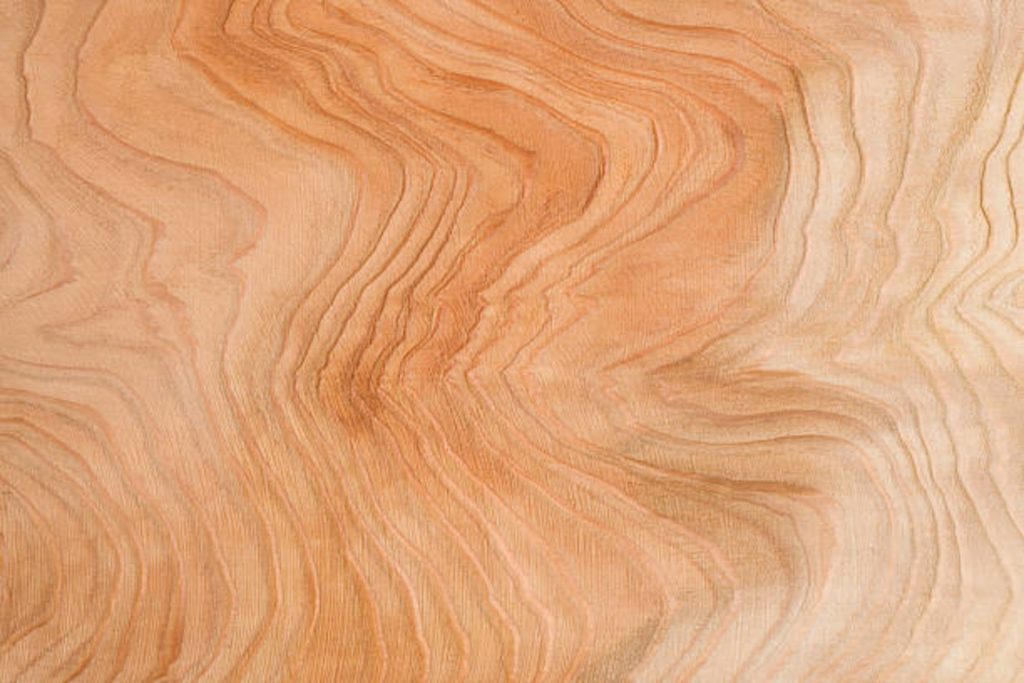
You’ll love the distinct grain pattern that it features when stained.
Thermally Modified Wood
If you want to eradicate all sorts of disadvantages for your wood siding, consider thermally modifying the material. This is achieved by superheating the wood without the presence of oxygen. By doing so, the material becomes even more resistant to weather elements, temperature changes, molds, and pests. Although most wood species can be thermally modified, keep in mind that this process tends to make the color fade after 25-30 years.
Installing Wood Siding: DIY or Hire a Contractor?
Doing the job yourself might seem like the best way to save money. However, remember that a home siding is a long-term investment. It will cost you more to make repairs if not done correctly. Plus, natural wood installation is an extensive process that requires professional knowledge and ample experience.
In addition to that, siding contractors:
- Provide license and insurance. They can handle paperwork, obtain construction permits, and set up a workflow that complies with building codes. Don’t forget that their general liability insurance and worker’s compensation will cover your project from potential damage.
- Use appropriate equipment. Since siding generally lasts for decades, you might have to buy tools you won’t use again for a while when installing one. You might as well keep the money to purchase equipment by hiring contractors.
- Convenience. Siding installment is no easy task, especially if you live in a big house. Leaving the job to professional wood siding installers saves you from arduous labor and possible injuries.
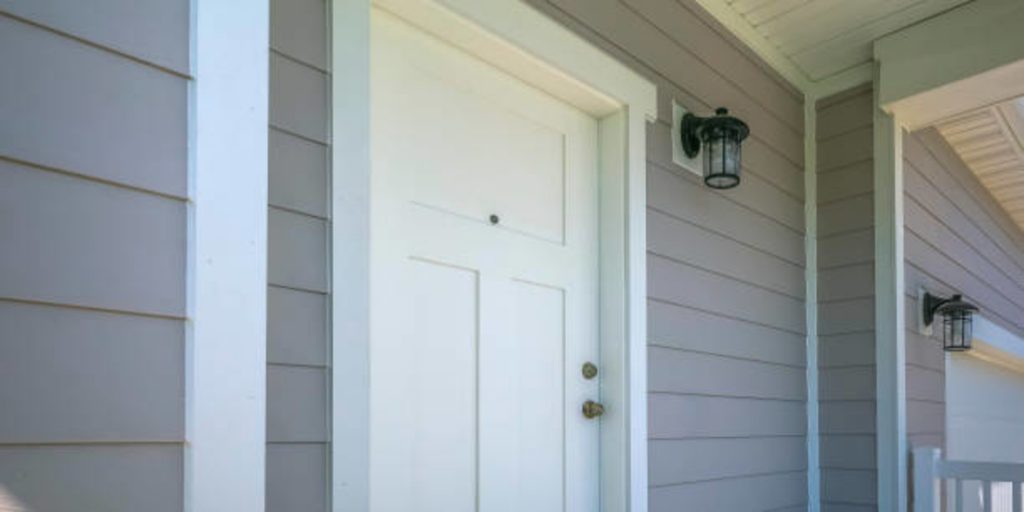
Are you confident in your skills? Are you confident that the professionals will do a good job?
When it comes to any home project, knowledge is power. So do your research to find out the best natural wood siding type that fits your budget. All the best!
